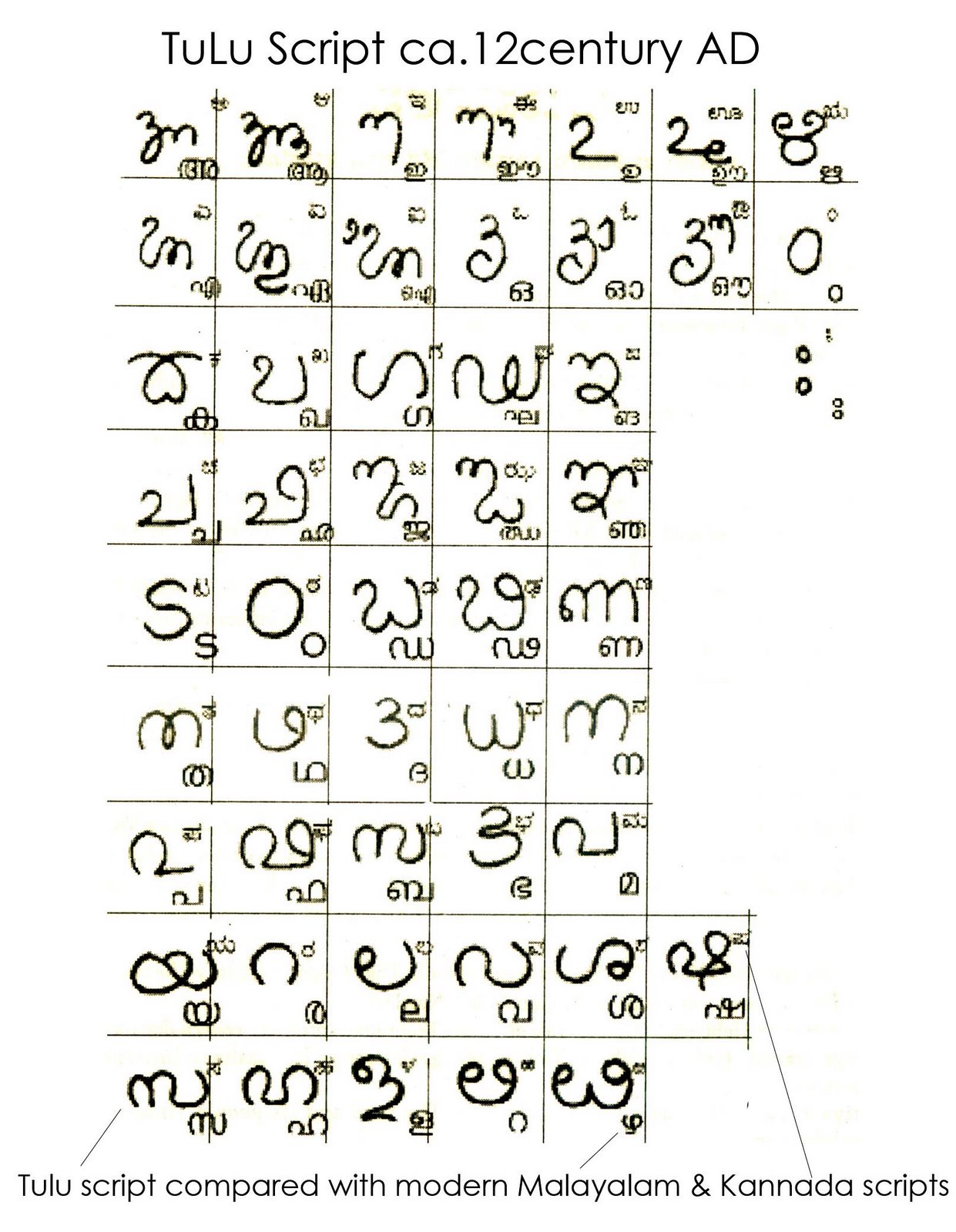Lady-1: “Why not?, in two minutes I’ll be at your home!”.
Lady-2 hurriedly went back home to receive Lady-1. Lady-1 took one vessel to prepare the “sambar” (that day, that was the only ingredient she had at home), proceeded towards the house of Lady-2. On the way she picked up a nice looking smooth pebble of the size of a paper-weight.
Lady-2: “Oh! You came. Have you brought the magic-stone?”
Lady-1: “Yes.” [She cleaned the stone thoroughly and handed over to Lady-1].
Lady-2: “Lovely!, but it looks ordinary”.
[Lady-1 did all the necessary initial preparations. Now we are in the next scene, where the magic stone was dancing inside the vessel in the plain boiling water].
Lady-1: “Give me a few chillies- just to make little spicy”.
Lady-2: “Is it done?”
Lady-1: “Yes, almost!, Do you have a little tamarind?”.
Lady-2: “Yes please, what else do you need?”
Lady-1: “Nothing!. If you want it little thicker, you can add a little dal”
Lady-2: “Let it be thicker” [ Gave a little thoor dal]. “Don’t you need any vegetables?”.
Lady-1: “It is optional, what do you have?”
Lady-2: “I have a few beans, a few brinjal, and tomato”.
Lady-1: “That would be fine”.[ In between, she continued stirring the mix].
Lady-2: “Is it done now?”
Lady-1: “Of course yes!, only a little salt to taste”
The sambar was done. All along the magic stone was rattling inside the vessel. Lady-2 tasted the sambar. It was tasty, nice smelling and Yummy!.
Lady-2: “What do you do with the magic stone?”
Lady-1: “ You just take it out and throw it away”
That day Lady-1 had enough to feed her children. The moral of the story is – the taste is relatively simple-but you only have to know how to blend different ingredients.






